Lima Beans or Butter Beans, Phaseolus lunatus
Don’t be confused by trying to tell a butter bean and a lima bean apart because they are the same bean, Phaseolus lunatus. Lima beans go by many names: butterbean, butter bean, butterpea, and sieva bean. These beans may be known by different names depending on the region they are grown.
Lima Bean Varieties
Lima beans come in two types: bush or pole. Bush types don’t need a trellis, and they grow into shorter bushes. The beans themselves are slightly smaller, too, because the pods are smaller. Bush type lima beans typically mature faster than pole types.
Pole type lima beans need some kind of trellis or support as they grow since the ends are runners. Pole type lima beans are typically larger, and they take longer to mature.
Bush Type Lima Beans Varieties
- Fordhook – Pods are thick, 4 inches, and early bearing. Classic variety with heat and drought resistant foliage. 65 days to maturity.
- Henderson – Heirloom, open pollinated. Pod are 3-4 inches with creamy beans. 65 days to maturity.
- Dixie Butterpea or Butter Pea (Speckled or White) – Smaller lima beans with a creamy flavor. Pods are longer (about 4 inches) with 3-4 beans each pod. 70-75 days to maturity.
- Jackson Wonder – Heirloom variety, beans are medium sized (3-4 inch pods with 3-4 beans each) with a speckled maroon color. This variety is cold hardy. 68 days to maturity.
Pole Type Lima Beans Varieties
- King of the Garden – Large, flavorful beans inside long pods (up to 7 inches) on vigorous vines, heirloom variety from 1883. 90 days to maturity.
- Big Mama – Heirloom variety. Vigorous vine producing large pods up to 8 inches with giant beans. 80-90 days to maturity.
- Sieva Carolina – Grows well in hot areas (grows well in the south). Heirloom variety, native to North Carolina. 75 days to maturity.
- Christmas or Giant Butter – Large quarter-sized beans with maroon splotches. Heirloom variety, it tolerates hot and humid areas. 80-90 days to maturity.
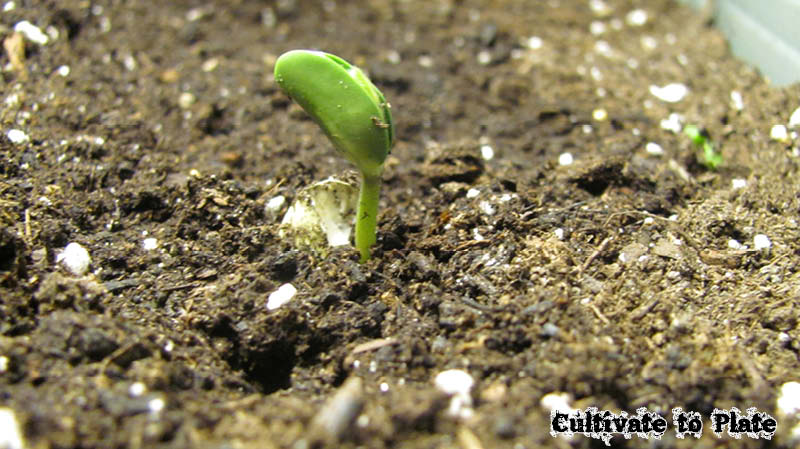
Growing and Harvesting Lima Beans
Planting both bush and pole beans are fairly similar, although the bush types will need a little more space width wise as they grow, and the pole types need some kind of support as they grow. All lima beans enjoy full sun, direct planting into the ground or garden box (no transplants), and regular watering.
Lima beans require a warmer temp for germination (at least 65 degrees F) so begin planting them in soil about 2 weeks after the last frost. These do require a bit of water when they begin growing and establish their bean pods, and if it is too dry they may fall off the plant entirely, and that goes with the blossoms.
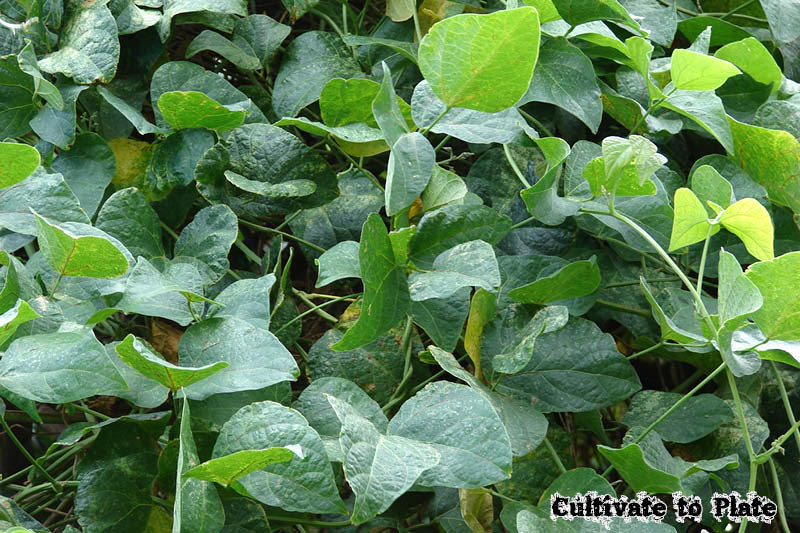
Preserving Lima Beans
Lima beans can be eaten fresh, and are easily processed by canning or drying. Drying lima beans is a very easy way to store one season’s surplus for later.
How to Dry Lima Beans
Harvest the lima beans from the plant, and choose only those that are in good condition for drying (no insect damage, rotting, or disease). Place the lima beans in a single layer in an area inside that gets adequate air circulation. The use of a screen is beneficial for the bottoms of the beans. Keep them there for about a week, and then check a few pods. If they are completely dried then they are done. If they are still a bit soft in areas, then let them dry out for a few more days. Beans will mold in storage if not completely dried. You can also place them in an food dehydrator until they are thoroughly dried.
Alternately, leave the lima beans on the vine until they are completely dried. The National Center for Home Food Preservation suggest vine dried beans to be pasteurized at home before storing them to ensure all insects and their eggs have been killed since they have been on the vine for a significant amount of time.
How to Pasteurize Vine Dried Lima Beans
- Freezer Method: Place the beans in freezer bags. Place the bags in a freezer at or below 0 degrees F for at least 48 hours.
- Oven Method: Place the beans on a single layer on a sheet pan. Bake for 30 minutes in a preheated 160 degree F oven.
After the lima beans are completely dried in their pods, shell them. Remove the beans from their pods and inspect the beans before storing them. Throw out any that have any sort of damage to them, are discolored, or that have signs of insect damage. This is the time to pasteurize the beans. Place them in a kraft envelope or a plastic container and label them with the variety and date. Place and store in a cool, dry place.
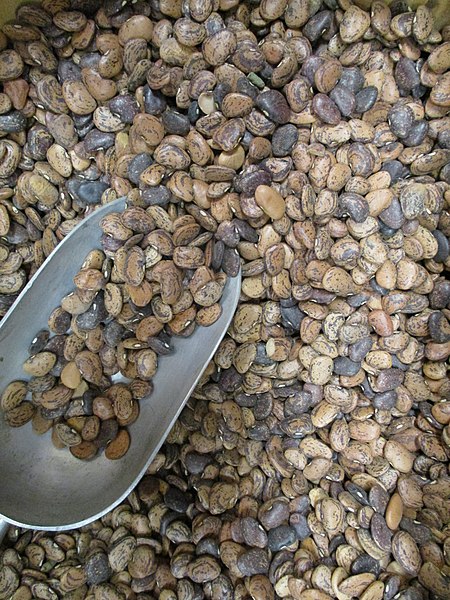
How to Soak Dried Lima Beans
Using dried lima beans in recipes is easy, but most recipes will call for them to be soaked prior. Here are two ways to soak dried lima beans.
Quick Soak Method
Place the sorted and rinsed beans in a large pot and cover with water (1 part beans to 3 parts of water). Bring them to a boil, and boil for 2 minutes. Remove from heat, cover, and let the lima beans stand for 2 hours. Drain, rinse, and use in recipes.
Overnight Soak Method
Place the sorted and rinsed beans in a large pot and cover with water (1 part beans to 3 parts of water). Cover the pot, and place in the refrigerator overnight. Drain, rinse, and use in recipes.
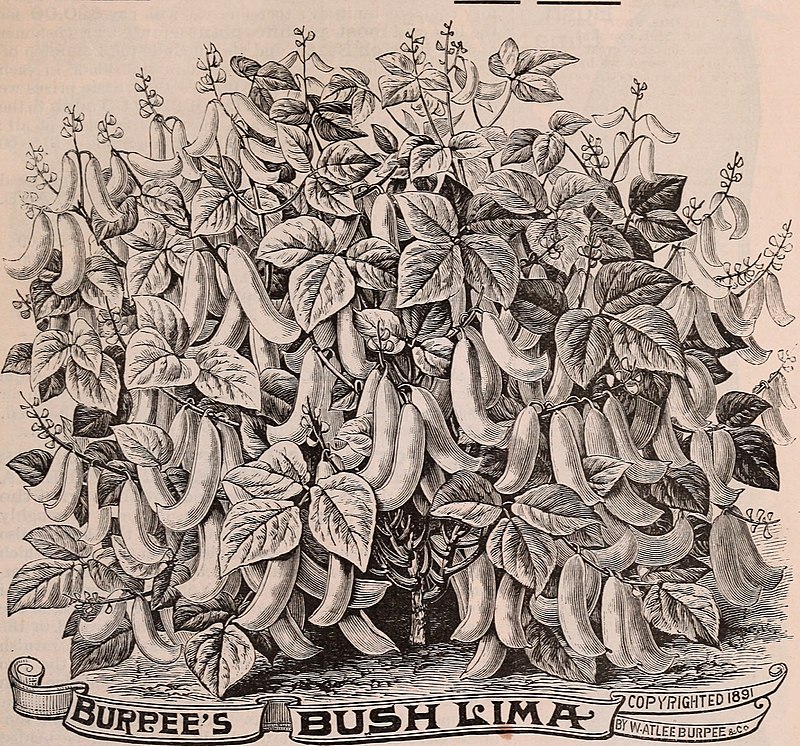
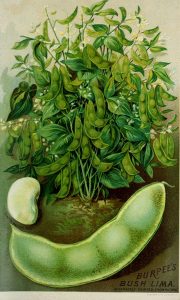
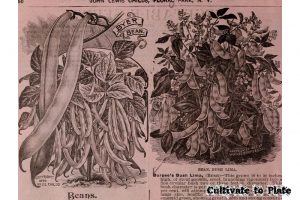
1 thought on “Lima Beans or Butter Beans, Phaseolus lunatus”
You must be logged in to post a comment.